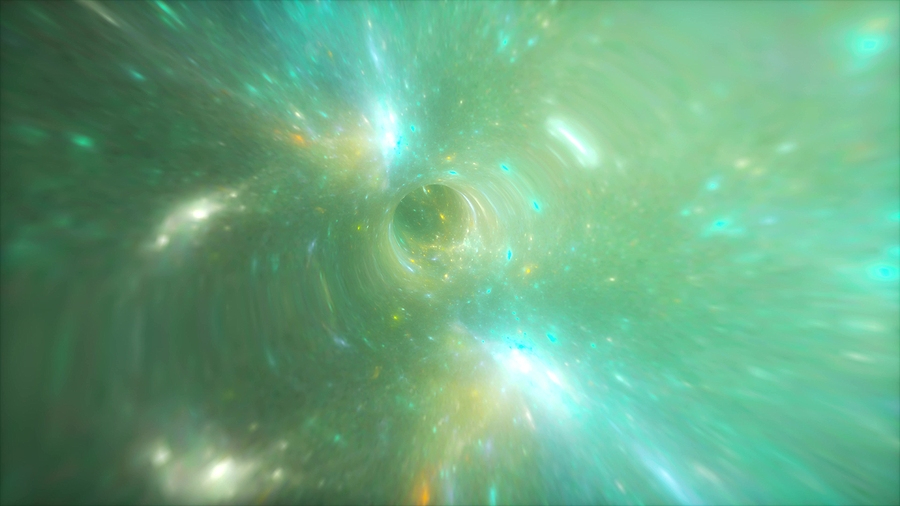Why Is Relativity Essential to Understanding Space and Time?

Relativity is one of the most groundbreaking theories in physics, fundamentally reshaping our understanding of space, time, and the universe. Proposed by Albert Einstein in the early 20th century, the theory of relativity consists of two parts: special relativity and general relativity. These concepts are not just abstract ideas confined to academic circles but are essential for technologies and insights that define modern life and exploration. For those looking for Physics tuition in Singapore, understanding relativity can provide a strong foundation in the subject.
Understanding the Basics of Relativity
Special relativity, introduced in 1905, focuses on objects moving at constant speeds, particularly at speeds close to the speed of light. One of its core principles is that the laws of physics are the same for all non-accelerating observers. It also states that the speed of light in a vacuum is constant, regardless of the motion of the observer or light source. This led to the revolutionary idea that time and space are intertwined, giving rise to the concept of spacetime.
General relativity, formulated in 1915, expands on this by incorporating acceleration and gravity. It proposes that massive objects cause a distortion in spacetime, which we perceive as gravity. This curvature of spacetime affects the movement of objects and the passage of time. For example, a clock closer to a massive object like Earth will tick slower than a clock farther away.
Why Relativity Matters to Space and Time
Relativity challenges and refines our classical notions of space and time, which were previously thought to be absolute and unchanging. Before Einstein, Isaac Newton's laws described space as a fixed backdrop against which events occurred. Time, similarly, was considered uniform and universal. Relativity overturned this view by demonstrating that space and time are dynamic and interdependent. This understanding is critical in addressing numerous phenomena in the universe.
1. Space and Time Are Not Independent
Relativity shows that space and time form a four-dimensional continuum called spacetime. Events that occur in one part of this continuum affect the entire structure. This interconnection is essential to explaining how the universe operates at both macroscopic and microscopic levels. For instance, the bending of light around massive celestial objects, known as gravitational lensing, is a direct consequence of spacetime curvature.
2. Time Dilation and Length Contraction
One of the most fascinating aspects of relativity is time dilation. As an object moves closer to the speed of light, time slows down relative to an observer at rest. This effect is not just theoretical but has been confirmed by experiments using atomic clocks aboard aeroplanes and satellites. Similarly, length contraction occurs, where objects moving at relativistic speeds appear shorter along the direction of motion. These phenomena demonstrate that space and time are relative, depending on the observer's frame of reference.
3. GPS Technology and Relativity
An everyday example of relativity in action is the Global Positioning System (GPS). GPS satellites orbit Earth at high speeds and altitudes, causing them to experience both special and general relativistic effects. If these effects were not accounted for, GPS measurements would drift by several kilometres each day. By applying corrections based on relativity, GPS devices can provide precise location data, underscoring the practical importance of Einstein's theories.
Expanding Our Understanding of the Universe
Relativity is indispensable in cosmology and astrophysics. General relativity predicts phenomena such as black holes, which are regions of spacetime where gravity is so intense that nothing, not even light, can escape. The theory also provides the framework for understanding the expansion of the universe. Observations of light from distant galaxies show that space itself is expanding, a discovery rooted in general relativity.
1. Black Holes and Gravitational Waves
The detection of gravitational waves by observatories like LIGO (Laser Interferometer Gravitational-Wave Observatory) in 2015 confirmed another prediction of general relativity. Gravitational waves are ripples in spacetime caused by cataclysmic events, such as the collision of black holes. Their discovery opened a new window into observing the universe, allowing scientists to study cosmic events that were previously undetectable.
2. Expanding Universe and Dark Energy
Relativity plays a key role in explaining the expanding universe. Einstein's equations describe how matter and energy influence spacetime curvature, leading to the discovery that the universe is not static. This insight led to the formulation of the Big Bang theory. Moreover, discrepancies in the rate of expansion suggest the presence of dark energy, an enigmatic force driving the accelerated expansion of the cosmos.
Philosophical Implications
Beyond its scientific contributions, relativity has profound philosophical implications. It redefines our understanding of reality, challenging the notion of absolute truth in favour of a more nuanced, observer-dependent view. The idea that measurements of time and space can differ based on relative motion forces us to reconsider fundamental concepts like simultaneity and causality.
Conclusion
Relativity is essential for comprehending the intricate relationship between space and time. Its principles are not just confined to theoretical physics but are woven into the fabric of daily life and the exploration of the cosmos. From GPS technology to black hole research, relativity continues to shape our understanding of the universe, offering profound insights into the nature of reality.